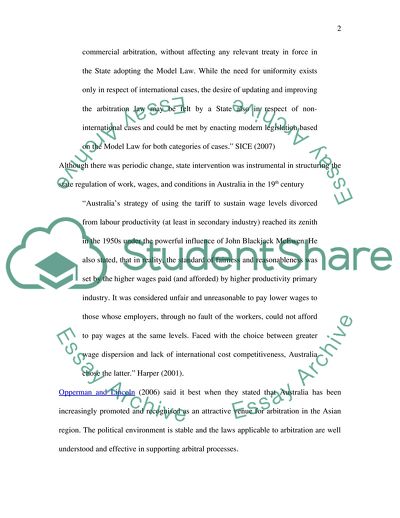Cite this document
(Arbitration System in Australia Literature review, n.d.)
Arbitration System in Australia Literature review. Retrieved from https://studentshare.org/law/1707215-arbitration-and-industrial-relations-in-australia
Arbitration System in Australia Literature review. Retrieved from https://studentshare.org/law/1707215-arbitration-and-industrial-relations-in-australia
(Arbitration System in Australia Literature Review)
Arbitration System in Australia Literature Review. https://studentshare.org/law/1707215-arbitration-and-industrial-relations-in-australia.
Arbitration System in Australia Literature Review. https://studentshare.org/law/1707215-arbitration-and-industrial-relations-in-australia.
“Arbitration System in Australia Literature Review”. https://studentshare.org/law/1707215-arbitration-and-industrial-relations-in-australia.


